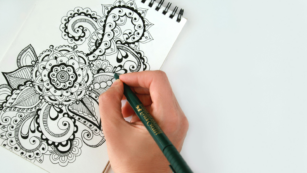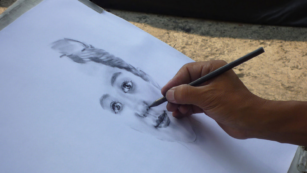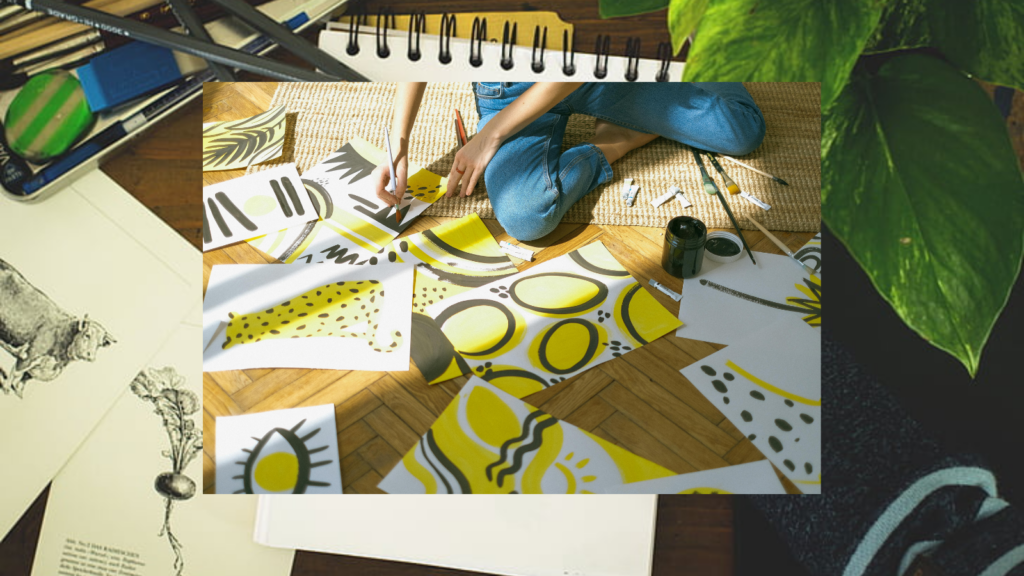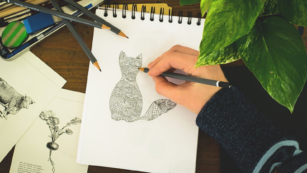Drawing:v04hso9zvvq= Art
Major Influences and Styles
As civilizations evolved, drawing styles matured, culminating in the classical Greek era, famous for its pursuit of ideal beauty and proportion. It would however be remiss not to mention the significant impact of post-Impressionism, with artists like Van Gogh and Cézanne incorporating color and abstract ideas into their drawings.
In Modern Art, pioneers like Picasso challenged traditional concepts of realism, leading to abstract and cubist studies. Drawing, in this period, was about expressing inner thoughts, often skewing towards the emotional and psychological realm.
Today’s digital art employs advanced tools to create intricate pieces, integrating traditional and innovative techniques. A homage to the history of drawing and its diverse influences, this modern approach keeps the legacy alive while propelling it towards a new frontier.
Materials and Techniques in Drawing
Traditional Tools and Mediums

Predominantly, artists depended on graphite pencils, charcoal, and pastels for creating impressive works of art. Graphite pencils, used traditionally in varying hardness grades, offer the artist a range of shades from light grey to black. Charcoal, on the other hand, contributes intense black color and is often employed for swift sketching or figure drawing. Pastels, with their inherent softness and richness of pigment, enable artists to build layers of vibrant color. In particular, masters such as Leonardo da Vinci, Michelangelo, or Rembrandt, harnessed these materials to form landmark creations in the history of drawing art.
Modern Innovations
Modern advancement birthed a plethora of novel drawing tools, drastically expanding the creative landscape. Digital tablets and styluses, prominently, revolutionized artists’ approach towards drawing. Capable of mimicking the tactile experience of traditional mediums, they additionally proffer a digital workspace. Features such as unlimited color palettes, ease of editing, and layers management have transformed the artistic process. Famous digital artists like David Hockney or Lois Van Baarle exemplify this branch of the art form, reflecting the possibilities of integrating technological progress into drawing. Such innovations provide a glimpse into the future of drawing art, anticipating further growth and evolution in this enduring form of expression.
How to Get Started with Drawing Art
Learning the Basics

Engaging in drawing art starts with mastering the fundamentals. This includes understanding the basics of lines and shapes, as they provide the structural framework for any drawing. Beginners also must grasp the importance of shading, a technique that brings drawings to life by creating depth and dimension. Through consistent practice, one refines their ability to depict three-dimensional forms on a flat surface, a crucial skill in drawing art. Artists also need to develop an eye for perspective, ensuring accurate representation of objects in terms of their relative size, space, and position. For instance, objects closer to the eye appear larger, while those further away seem smaller.\
Understandably, achieving aesthetic accuracy demands a basic understanding of color theory and light. Colors, and the way they interact, have profound effects on overall composition. Artists often create compelling visuals through the strategic use of colors and their various shades. Knowledge of light and shadows, meanwhile, lends credibility to depictions through their rightful placement.
Each Stroke Tells a Story
Drawing art journey, from the earliest cave etchings to the abstract masterpieces of modern times, tells a story of human expression and creativity. It’s not just a pastime but a way to communicate emotions, ideas, and experiences. The tools and techniques may have changed over time, but the essence remains the same. So, whether you’re a beginner or an experienced artist, keep drawing, keep exploring, and let your art tell your unique story.


 Drawing art has always been influenced by corresponding historical contexts, which also boost styles and techniques. Early cave drawings, such as those found in Chauvet-Pont-d’Arc Cave in France, served as primary communication tools. Depicting narratives of everyday life and spiritual beliefs, these drawings gave birth to prehistoric art.
Drawing art has always been influenced by corresponding historical contexts, which also boost styles and techniques. Early cave drawings, such as those found in Chauvet-Pont-d’Arc Cave in France, served as primary communication tools. Depicting narratives of everyday life and spiritual beliefs, these drawings gave birth to prehistoric art.